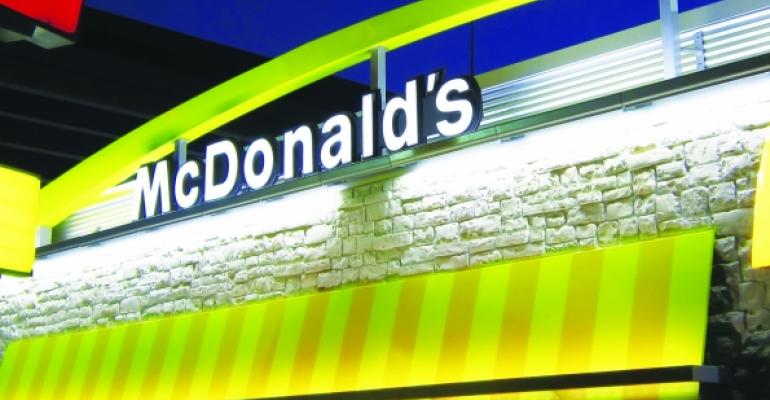 No, the restaurant mascot is not dead.
No, the restaurant mascot is not dead.
We might have thought that one week ago. And then on Saturday “The King” walked out with Floyd Mayweather before his fight with Manny Pacquiao, a stroll that reportedly cost Burger King $1 million. It was a surprising site given that Burger King had apparently retired The King years ago.
Not to be outdone, McDonald’s Corp. on Wednesday morning tweeted this:
Wait, is this who we think it is??! https://t.co/rc9xhQrAUi
— McDonald's (@McDonalds) May 6, 2015
McDonald’s resurrected The Hamburglar, a mascot not seen in public since 2002, to help sell its new, third-pound sirloin burgers. The chain did update the mascot’s look, turning him into a suburban dad who looks, in the words of one observer, like he’s wearing a “Party City costume.”
The return of both The King and The Hamburglar illustrate the enduring nature of the mascot as a brand spokesperson, or mouse or thief.
Brand characters were highly popular for decades, with many brands using cartoon characters or people dressed in costumes to sell everything from canned vegetables to hamburgers.
Restaurant brands were heavy users, and Burger King and McDonald’s characters made frequent appearances on Saturday morning commercials. But over the years, many of those mascots seemed to fade away, either as the brands sought new types of advertising or the brands themselves shrunk.
To be sure, Jack in the Box continues to use its ball-headed “founder” Jack as its primary spokesman, with great effectiveness. And in 2012, Chuck E. Cheese gave its brand namesake mouse a makeover. We can still see Wendy in commercials for Wendy’s and The Colonel remains embedded in KFC’s logo.
And even though his ancillary characters have been missing for years, Ronald McDonald has endured as a symbol for McDonald’s Corp. for decades.
And now, advertising featuring brand characters has been making something of a comeback, even if many of the mascots look a lot different than they did in the 60s, 70s or 80s when they were introduced.
The prevalence of digital and social media is a big reason. The characters themselves give the chains a voice on social media and, at least in the case of these reintroductions, can give the brands a buzz that goes well beyond the initial ad buy.
The Hamburglar is the perfect example. The company tweeted the first ad, and the Internet lit up, with some thinking the redesigned burger thief was creepy, while others loved him. The ads seem aimed at adults as much as anything, who remember the costumed character from their childhood.
In the words of AdWeek, “it’s all anyone can talk about.” That’s the kind of viral marketing that McDonald’s needs as it works to resurrect its sales from a two-year slump.

